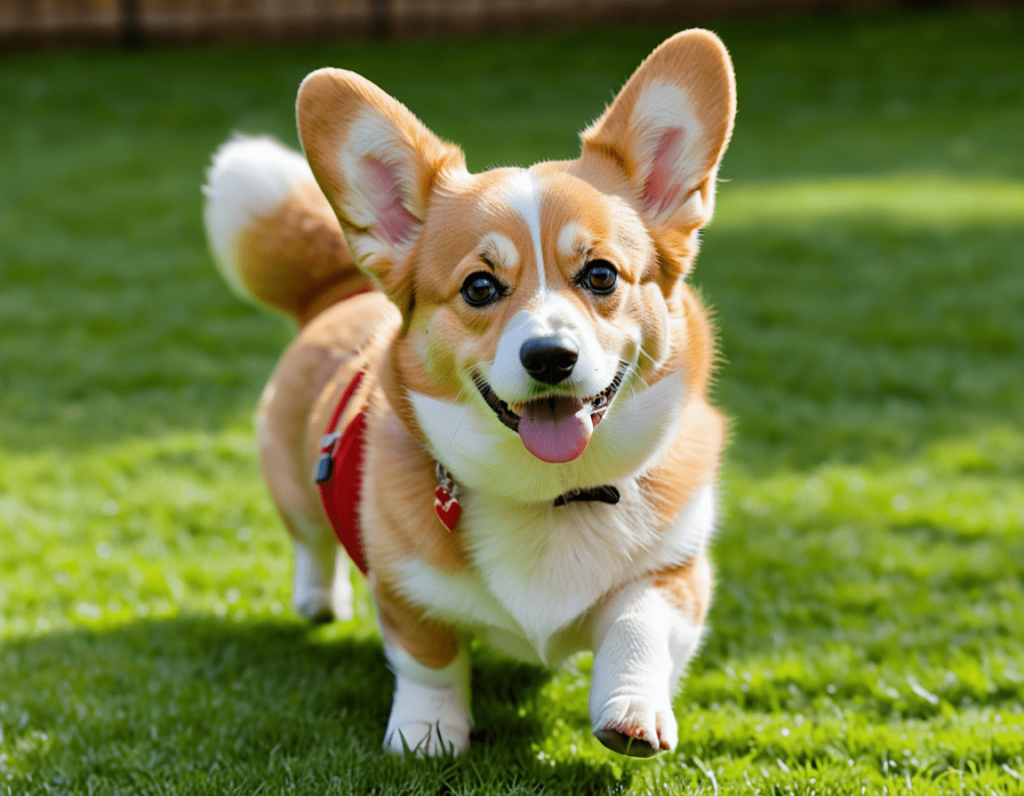
Crate training is a wonderful way to help your dog feel safe and secure in their environment. While the idea of crating might conjure up images of a dog locked up and sad, the reality is quite the opposite! With a little patience and positive reinforcement, you can teach your furry friend that their crate is a cosy den rather than a prison cell. Let’s dive into the ins and outs of crate training and sprinkle in some humour along the way!
Why Crate Train?
Before we jump into the “how,” let’s cover the “why.” Crate training offers several benefits:
- Safety First: A crate provides a safe space for your dog when you can’t supervise them, protecting them from potential hazards in your home.
- House Training Help: Crates can be an effective tool for house training. Dogs naturally avoid soiling their sleeping area, so they’ll learn to hold it until they’re let outside.
- Travel companion: A crate makes travelling easier and safer. It’s often required for airline travel and can help keep your dog secure in the car.
Humorous Note: Plus, your dog will have their own little “room” where they can escape from all those embarrassing moments—like the time they mistook your favourite shoe for a chew toy!
Choosing the Right Crate
Before you can start crate training, you need to choose the right crate. Here are some options:
- Wire Crates: These are great for ventilation and visibility. They’re like a hotel room with a view, but without the minibar.
- Plastic Crates: More enclosed and den-like, plastic crates can help some dogs feel secure, especially during travel.
- Soft-Sided Crates: These are lightweight and portable, perfect for short trips or dog shows. Just don’t let your pup think they’re a tent for camping!

Step-by-Step Guide to Crate Training
Now that you’ve got your crate, it’s time to get started! Here’s a simple, step-by-step guide to crate training your dog:
Step 1: Make the Crate Inviting
Start by placing the crate in a quiet area where your dog can see you but isn’t in the way. Make it inviting by adding soft bedding and a few toys. You want your dog to think, “Wow, this is my special place!”
Witty Insight: You might even want to sprinkle a few treats inside to create a welcome mat of deliciousness. Just don’t overdo it unless you want your dog to become a “treat connoisseur”!
Step 2: Introduce the Crate Gradually
Encourage your dog to explore the crate at their own pace. Leave the door open and let them go in and out freely. You can toss in some treats or a favorite toy to entice them inside.
Funny Note: Remember, patience is key! Your dog might act like you’re asking them to walk through a haunted house before they venture in.
Step 3: Start Closing the Door
Once your dog is comfortable entering the crate, begin closing the door for short periods while you’re nearby. Gradually increase the time they spend inside with the door closed. Always reward them with treats and praise for being calm.
Humorous Reminder: If they start barking, just think of it as their way of saying, “Hey! This is a cozy prison!”
Step 4: Leave the Room
After your dog is comfortable with the closed door, practice leaving the room for a few minutes at a time. Gradually increase the duration you’re gone. Always return to a calm and happy pup, and reward them for being good while you were away.
Witty Insight: Your dog will soon realize that your absence means they get a cozy nap in their crate, not a lecture on the dangers of boredom!
Step 5: Make Crate Time a Routine
Establish a routine that includes crate time. For example, you might put your dog in the crate for short periods while you eat dinner or during a quick trip to the store. The more they experience positive crate time, the more comfortable they will become.
Funny Thought: Just remember to tell your dog, “This is not a forever thing!” so they don’t start planning their escape!
Troubleshooting Common Issues
Sometimes, things don’t go as smoothly as planned. Here are some common issues and how to address them:
- Excessive Barking: If your dog barks when crated, they may be anxious. Make sure they’re tired before crating, and try covering the crate with a blanket to create a cosy den effect.
- Reluctance to Enter the Crate: If your dog isn’t going in willingly, try using a leash to gently guide them in. Never force them, as this can create negative associations.
- Soiling in the Crate: If your dog soils their crate, they may need more frequent potty breaks. Make sure to take them out immediately before crating them.

Additional Tips for Successful Crate Training
1. Create Positive Associations
Make the crate a place of fun and comfort. Feed your dog their meals inside the crate, or offer them special treats they only get when they’re crated. This helps build a positive association with the crate.
Witty Insight: Just like humans, dogs love to eat in their “special place.” If only we could set up an all-you-can-eat buffet in our living rooms too!
2. Use a Command Phrase
Establish a command phrase to signal to your dog that it’s crate time, such as “kennel up” or “go to your bed.” Consistency is key! Eventually, your dog will associate this phrase with entering the crate.
Humorous Thought: Just imagine your dog strutting into their crate like it’s the VIP lounge at a fancy club—“Yes, I’m here for my special treatment!”
3. Be Patient and Consistent
Crate training is not an overnight success. Be patient with your dog, and maintain a consistent training schedule. If they have setbacks, don’t lose heart. Just like us humans, dogs have their good days and not-so-good days.
Funny Note: If they could talk, your dog might say, “I’m not lazy; I’m just selectively motivated!”
4. Avoid Using the Crate as Punishment
Never use the crate as a form of punishment. This will create negative associations, and your dog may become fearful of their crate. Always aim for the crate to be a happy space.
Witty Insight: Think of it as their own doggy spa—no one wants to get sent to the spa for being naughty!
More Common FAQs About Crate Training
1. How long can I leave my dog in the crate?
Puppies generally shouldn’t be crated for more than a few hours at a time, depending on their age. Adult dogs can typically be crated for about 4-6 hours during the day. If you work long hours, consider a dog walker or pet sitter to give them a break.
2. What if my dog whines when I crate them?
Whining can be a sign of anxiety or discomfort. Make sure they’ve had a good play session before crating, and try ignoring the whining until they settle down. If the whining persists, you might need to revisit the crate training steps.
3. Can I use a crate for my dog's entire life?
A crate is a tool to help with training and safety, but it shouldn’t be a permanent solution. Dogs need space to move and interact. Once your dog is trained and comfortable, they should be allowed freedom in your home.
4. Is crate training suitable for all dog breeds?
Most dogs can be crate trained, but some breeds may adapt more quickly than others. High-energy breeds may need more exercise before crating to ensure they’re calm. Always consider your dog’s temperament and needs.
5.How can I tell if my dog likes the crate?
Signs that your dog enjoys the crate include voluntarily going inside, relaxing, and sleeping while crated. If they greet you with a wagging tail when you open the door, that’s a good sign they see it as a safe space!
Conclusion: A Happy Home for You and Your Dog
Crate training is a fantastic way to help your dog feel safe, secure, and happy in their new home. With some time, patience, and a few treats, your pup will likely see their crate as their very own sanctuary. Remember to keep things light and fun—after all, a little humor goes a long way in training!


